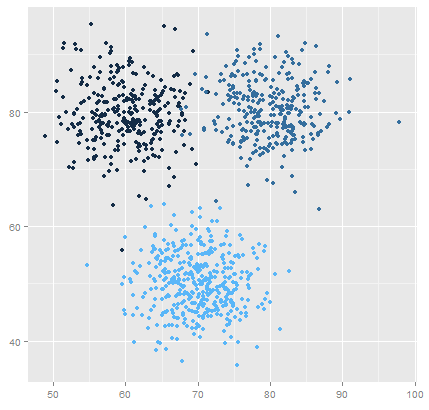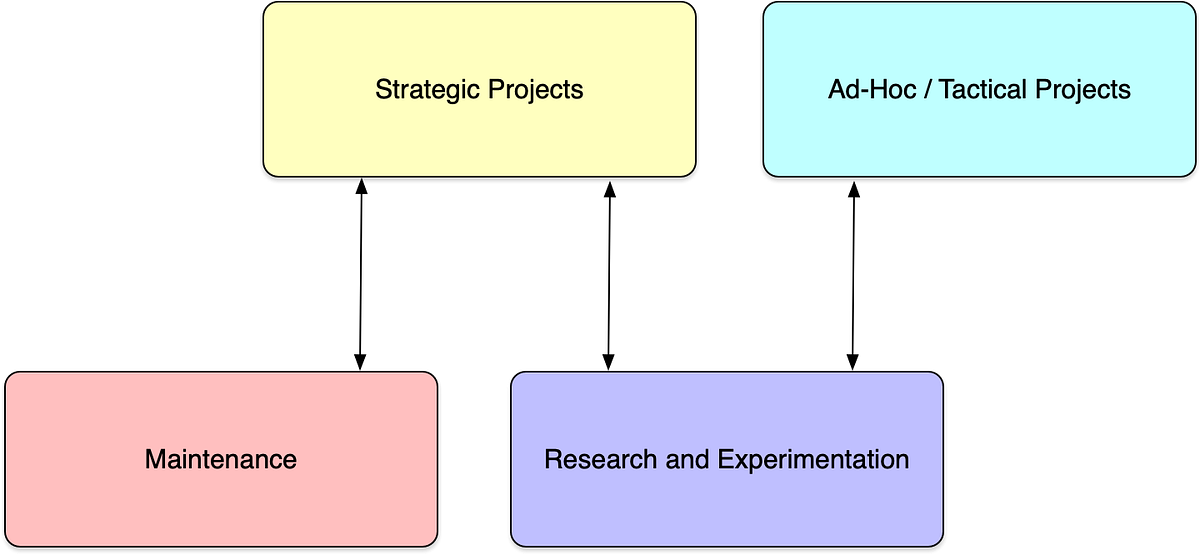 By KDnuggets -
2020-12-07
By KDnuggets -
2020-12-07
We outline some of the common pitfalls of machine learning for time series forecasting, with a look at time delayed predictions, autocorrelations, stationarity, accuracy metrics, and more.
 By Medium -
2020-12-10
By Medium -
2020-12-10
While learning about time series forecasting, sooner or later you will encounter the vastly popular Prophet model, developed by Facebook. It gained lots of popularity due to the fact that it provides…
 By Global Cloud Platforms -
2021-02-02
By Global Cloud Platforms -
2021-02-02
Retail businesses have a “goldilocks” problem when it comes to inventory: don’t stock too much, but don’t stock…
 By Medium -
2021-02-16
By Medium -
2021-02-16
If you have worked with any kind of forecasting models, you will know how laborious it can be at times especially when trying to predict multiple variables. From identifying if a time-series is…
 By Machine Learning Mastery -
2020-11-01
By Machine Learning Mastery -
2020-11-01
Random Forest is a popular and effective ensemble machine learning algorithm. It is widely used for classification and regression predictive modeling problems with structured (tabular) data sets, e.g. ...
 By Medium -
2020-12-25
By Medium -
2020-12-25
In my previous TDS article I described about the Machine Learning variant of Deep Hybrid Learning and how easily it can be applied for image data. If you are someone who is new to the concept of Deep…

































